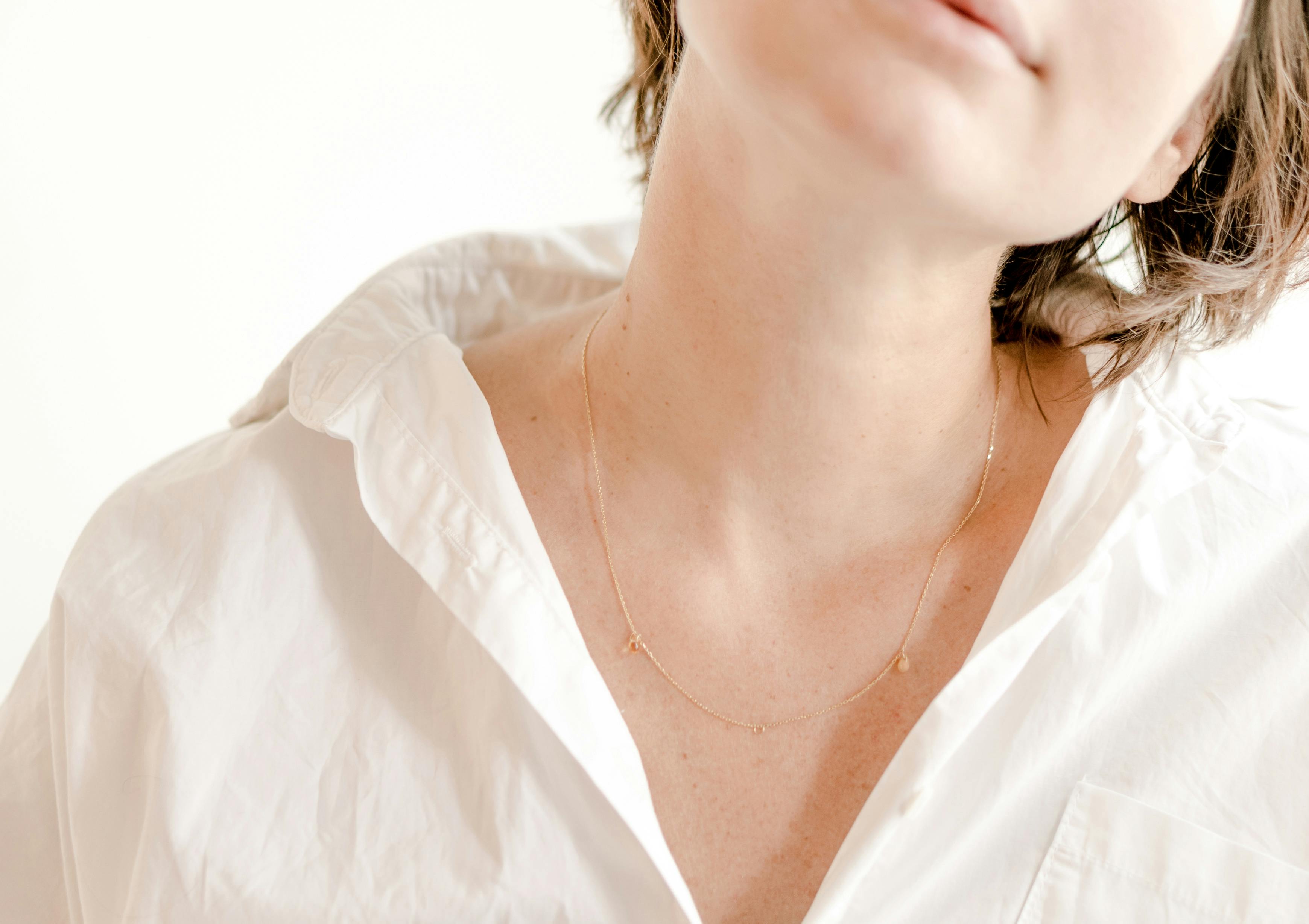How Long Do You Need To Wear Retainers

Retainers are a common part of orthodontic treatment that help maintain the new position of your teeth after braces. But how long do you need to wear retainers? The answer depends on several factors such as the type of retainers you have, how long you wore braces, and the extent of your dental issues. This article will provide an overview of the different types of retainers and explain how long you need to wear them after braces to ensure your teeth stay in their new position.Retainers should be worn as directed by your orthodontist. Generally, retainers should be worn full-time for the first 6 months after braces are removed, and then the orthodontist may recommend night-time wear for several years. After that, it is often recommended to wear retainers periodically to maintain alignment of the teeth.
What Are Retainers?
Retainers are custom-made orthodontic appliances that are designed to help keep the teeth in their correct positions after braces have been removed. They are typically made of plastic and metal wires and fit comfortably around the upper and lower teeth. Retainers can be worn for a few months after braces have been removed, or they can be worn indefinitely to ensure that the teeth remain straight. Wearing a retainer is important as it helps to prevent the teeth from shifting back into their original positions. They also help to promote healthy jaw alignment and improve facial esthetics. Retainer wear is not only beneficial for adults, but also for children who have had orthodontic treatment as it ensures that their teeth stay in the desired position.
As well as helping to maintain the desired alignment of the teeth, retainers can also be used to treat conditions such as underbite, overbite, crossbite and open bite. The type of retainer used will depend on the specific condition being treated and may include removable or fixed appliances. In some cases, a combination of both types of retainers may be used in order to achieve optimal results. It is important that retainers are worn according to instructions provided by an orthodontist in order to ensure maximum effectiveness.
How Do Retainers Work?
Retainers are custom-made dental devices used to help maintain the results of orthodontic treatment. They typically consist of a thin piece of plastic with metal wires or a clear tray that fits snugly over the teeth. The purpose of a retainer is to hold the teeth in their new, corrected positions after braces are removed. This helps ensure that the teeth do not move back into their original positions after treatment.
Retainers must be worn as instructed by an orthodontist in order to maintain the desired results. Depending on the type of retainer and individual needs, they may need to be worn full-time or only at night during sleep. Regular check-ups with an orthodontist are necessary to make sure that the retainer is still fitting correctly and that the teeth have not shifted out of their corrected positions.
It is important to wear retainers as instructed by an orthodontist in order for them to work properly and maintain desired results. In addition, it is important to keep retainers clean and free from bacteria by brushing them regularly with toothpaste and water, as well as soaking them in denture cleaner or mouthwash at least once a week. Proper care and use of retainers will help ensure lasting results of orthodontic treatment.
Overall, retainers help preserve the results achieved through orthodontic treatment by keeping teeth in their corrected positions after braces are removed. It is important for individuals who have had braces to wear retainers as instructed by their orthodontist in order for them to work properly and maintain desired results. Furthermore, proper care and cleaning of retainers will help ensure lasting results from orthodontic treatment.
Fixed Retainer
A fixed retainer is a permanent solution for teeth alignment. It consists of a metal wire running along the front of the teeth, attached by metal brackets to each tooth. It is typically used for teeth that may have shifted after orthodontic treatment or in cases where there are minor misalignments. The fixed retainer will keep the teeth in their new aligned position and prevent them from moving back to their original position. The retainer must be worn all the time, and it should only be removed by a dentist or orthodontist.
Removable Retainer
A removable retainer is typically made of plastic and metal wires, and it fits over the top of your teeth like a mouth guard. Unlike the fixed retainer, it can be taken out when needed for eating and cleaning. This type of retainer is ideal for people who only need occasional adjustments to their teeth alignment, as it can be removed when not in use. However, it must still be worn as advised by your orthodontist in order to maintain your new smile.
Hawley Retainers
The Hawley retainer is one of the most common types of retainers used today. It consists of an acrylic base with metal wires that run through it that can be customized to fit your mouth comfortably. This type of retainer holds your teeth in place by applying pressure on them from all sides, making it one of the most effective solutions for keeping your teeth aligned during orthodontic treatment. Hawley retainers are also more durable than other types and can last up to five years with proper care.
Clear/Invisible Retainers
Clear or invisible retainers are made from clear plastic trays that fit over your upper and lower teeth like a mouth guard. They are virtually invisible when worn, making them ideal for people who want to maintain their new smile without having a noticeable appliance in their mouth. This type of retainer must still be worn as prescribed by your orthodontist in order to keep your teeth straight and prevent them from shifting back into their original position.
Benefits of Wearing Retainers
Retainers are an important part of orthodontic treatment. Wearing a retainer after braces helps to maintain the hard-earned improvements in the alignment of your teeth. It is also important to wear a retainer as instructed by your orthodontist, as this will ensure that your teeth stay in their new, improved position for years to come. Here are some benefits of wearing retainers:
First and foremost, retainers help to ensure that your teeth stay in their new position after braces treatment. This is because the retainer holds the teeth securely in place while they settle into their new positions. By doing so, it helps to prevent them from shifting back into their original positions.
Secondly, wearing a retainer helps to reduce the risk of developing cavities or other dental problems. This is because it prevents food particles from getting stuck between the teeth and causing bacteria to build up over time, which can lead to cavities and other dental issues.
Finally, wearing a retainer can also help improve your overall oral health. This is because it helps keep your teeth clean and free from plaque buildup, which can lead to gum disease and other oral health problems. Additionally, it also helps promote good oral hygiene habits by making it easier for you to floss and brush your teeth regularly.

When to Start Wearing a Retainer
Wearing a retainer after orthodontic treatment is essential to maintain the newly-acquired alignment of the teeth. Retainers can be removable, or they can be fixed in place. The timing of when to start wearing a retainer varies from patient to patient, but typically begins when all braces have been removed. Depending on the severity of the orthodontic correction that was needed, retainers may need to be worn for a longer period of time.
Patients who wore braces for a long period of time and had more severe alignment issues may need to wear their retainers full-time for up to six months after their braces are removed. During this time, your orthodontist may recommend gradually reducing the amount of time you wear your retainer each day until you are only wearing it at night while you sleep.
For patients who had milder cases of misalignment and only wore braces for a shorter period of time, retainers may only need to be worn at night while sleeping. After about three months, your orthodontist will likely recommend wearing your retainer only one night per week or as needed if you notice any shifting in your teeth over time.
It is important that patients follow their orthodontist’s instructions regarding when and how often their retainer should be worn. Failing to follow these instructions can lead to shifting in the teeth and undoing all of the hard work that was put into straightening them with braces or other orthodontic treatments.
Cleaning Your Retainer
Retainers are designed to stay in your mouth for an extended period of time, so it’s important to keep them clean. The best way to clean your retainer is to brush it with toothpaste and a toothbrush. You should also soak it in a denture cleaner or mild dish soap and warm water. Be sure to rinse the retainer thoroughly before putting it back in your mouth. It is also important to avoid using hot water on your retainer, as this can cause the material to become misshapen and difficult to wear.
Drying Your Retainer
When you take out your retainer, be sure to dry it off with a soft cloth before storing it away. This will help prevent bacteria from growing on the surface of the retainer. Don’t forget to dry off any excess moisture around the edges of your teeth as well, as this can lead to plaque buildup and discoloration over time.
Is There a Difference in How Long I Need to Wear Retainers?
Is there a difference in how long I need to wear retainers? Yes, individuals may require varying lengths of time based on their treatment plan and dental structure. Consulting with an orthodontist is essential in determining the duration for wearing retainers, ensuring optimal results and maintaining that perfect smile over time.
Storing Your Retainer
Your retainer should be stored in a safe place when not in use, such as a hard plastic case with a lid that snaps shut securely. This will help protect your retainer from dirt, dust, and other debris that can accumulate on the surface over time and make it difficult to wear comfortably. Be sure not to store your retainer anywhere too warm or hot, as this can cause warping or cracking if left too long.
Maintaining Your Retainer
It is important to have regular checkups with your orthodontist or dentist while wearing a retainer. This will help ensure that everything is fitting correctly and there are no issues that need addressing. Additionally, you should replace your retainer if you notice any cracks or warping of the material, as this could lead to an uncomfortable fit or other issues down the line.
Alternatives to Traditional Retainers
Retainers have been used in orthodontic treatment for decades. They are a necessary part of the process, as they help to keep teeth in their newly adjusted position and reduce the risk of relapse. However, traditional retainers can be uncomfortable and difficult to get used to. Fortunately, there are now several alternatives that can help you maintain the results of your treatment without all of the hassle.
One option is clear retainers, which are made from a custom-molded plastic material that is virtually invisible when worn. Clear retainers are easy to clean and more comfortable than traditional metal ones, making them ideal for those who find metal retainers uncomfortable or too noticeable.
Another option is lingual retainers, which attach to the tongue side of teeth and work in much the same way as regular retainers. Lingual retainers are also nearly invisible when worn and provide excellent stability for your teeth without being conspicuous.
Finally, if you’d prefer not to wear a retainer at all, there’s the option of using special bonding materials instead. Bonding materials can be used to hold teeth in place without relying on a retainer; however, it’s important that these materials be applied by an experienced orthodontist so as not to cause any damage or discomfort.
Overall, there are now several alternatives available if you find traditional retainers uncomfortable or inconvenient. Clear and lingual retainers offer just as much stability as standard ones but with fewer hassles, while bonding materials can be used instead if preferred. Any one of these options can help you maintain your beautiful new smile for years to come!

Conclusion
Retainers are an essential part of having healthy teeth and gums. They help to prevent teeth from shifting back to their original positions after orthodontic treatment. The length of time that you need to wear a retainer will vary depending on your individual situation. Generally, you should expect to wear a retainer for at least 6 months after having braces removed and up to two years or more in some cases. The most important thing is to follow the instructions given by your orthodontist and take good care of your retainers. Doing so will help ensure that your teeth stay healthy and straight well into the future.
Ultimately, it is up to you whether or not you decide to wear a retainer for as long as recommended by your orthodontist. However, if you want your teeth to remain straight and healthy, it is important that you follow their advice and wear the retainer for as long as advised.
